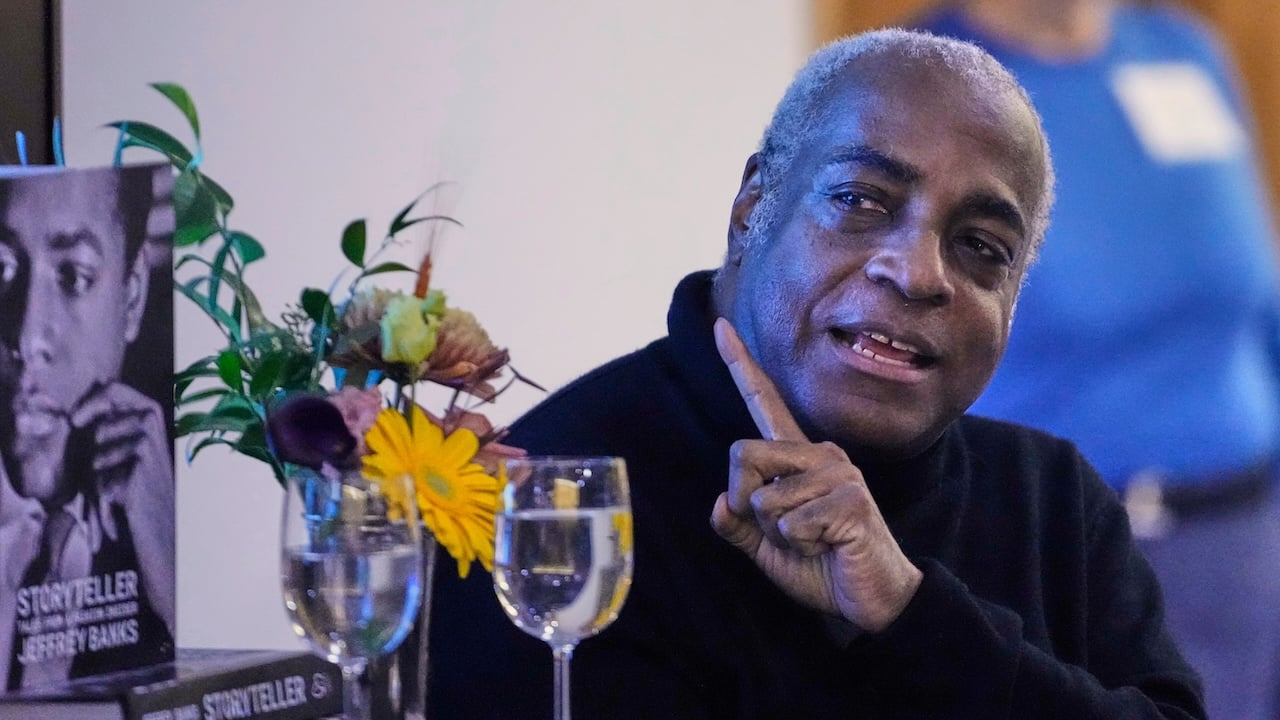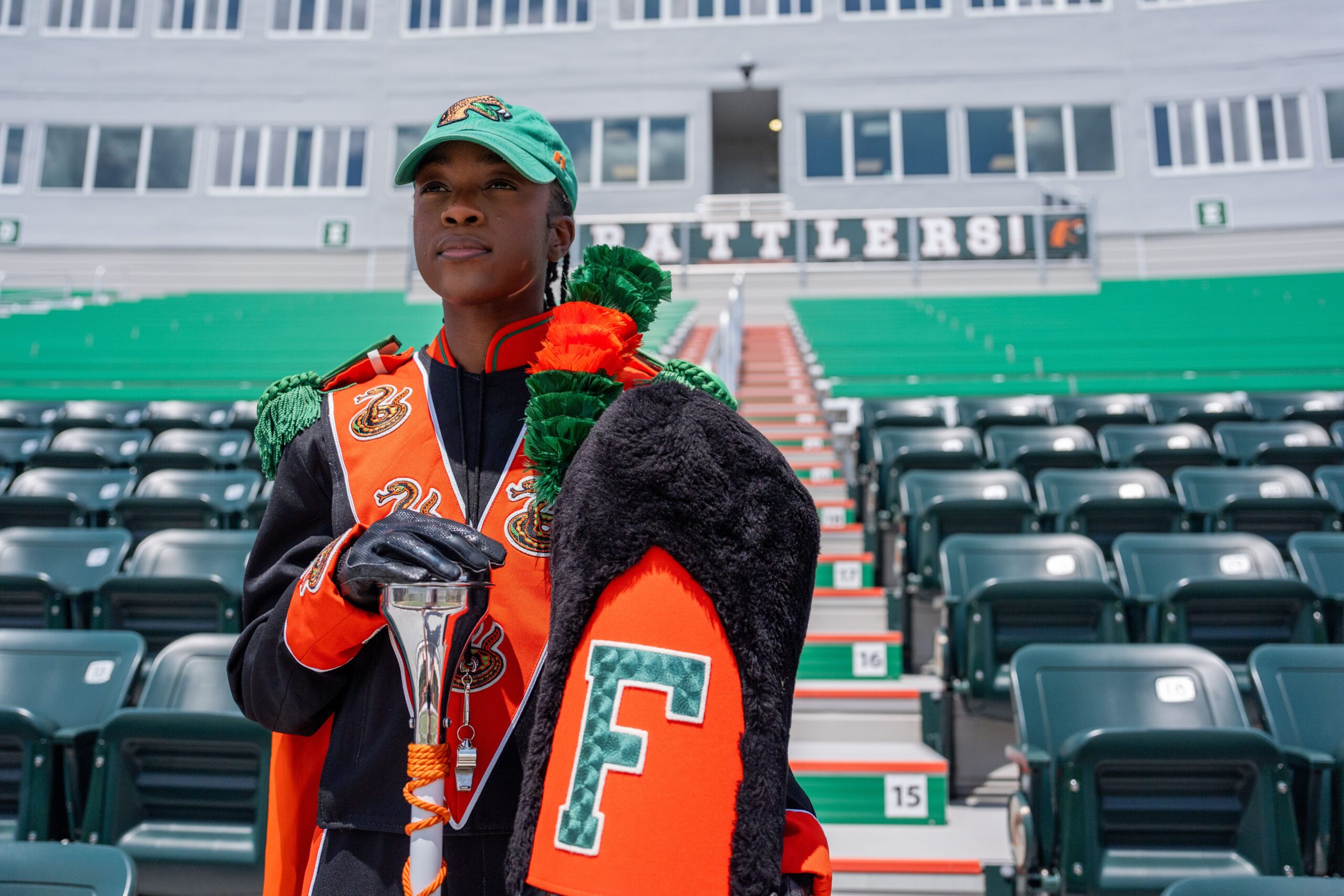
April 17, 2025
Check with student loan lenders to determine the status of your account
The U.S. Department of Education has reopened online applications for income-driven repayment (IDR) plans following a temporary suspension prompted by a February court ruling that blocked parts of the Biden administration’s Saving on a Valuable Education (SAVE) Plan.
The court’s injunction halted the implementation of the SAVE Plan and affected other IDR plans, leading to a pause in processing applications. During this period, borrowers faced challenges in accessing affordable repayment options, particularly those who had recently lost their job.
In response, the Education Department has reinstated access to IDR plans, but it has not specified when the backlog of applications will be processed. Borrowers are advised to contact their loan servicer for updates on their application status.
The department has also clarified the distinction between “general forbearance” and “processing forbearance.” While general forbearance does not count toward loan forgiveness under IDR or Public Service Loan Forgiveness (PSLF) programs, processing forbearance, imposed during the application processing period, can count toward forgiveness for up to 60 days.
Borrowers enrolled in the SAVE Plan are currently in a general forbearance status, with no payments due and no interest accruing. However, this period does not count toward PSLF or IDR forgiveness. The Education Department expects loan servicers to resume accurate billing no earlier than September 2025, with payments due starting December 2025.
Disparities in Student Loan Debt Among Black Borrowers
Black borrowers face significant disparities in student loan debt compared to other racial groups. A 2023 survey found that 52% of Black borrowers carried at least $25,000 in student loan debt from their own education, compared to 41% of White borrowers and 37% of Hispanic borrowers.
This demographic also faces significant disparities in student loan debt and default rates compared to their white counterparts. According to the Pew Charitable Trusts, 50% of Black borrowers have defaulted on a student loan, compared to 29% of White borrowers. Furthermore, 74% of Black borrowers who have defaulted have done so more than once, indicating challenges in maintaining repayment.
As the department navigates these legal and administrative challenges, borrowers are encouraged to stay informed about their repayment options and maintain communication with their loan servicer.
RELATED CONTENT: Freezing Federal Grants And Loans Creates Economic And Social Risks For Black Americans





